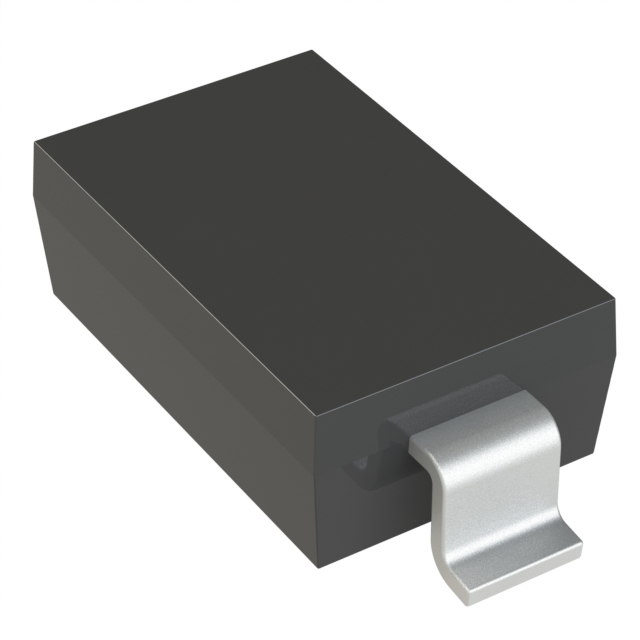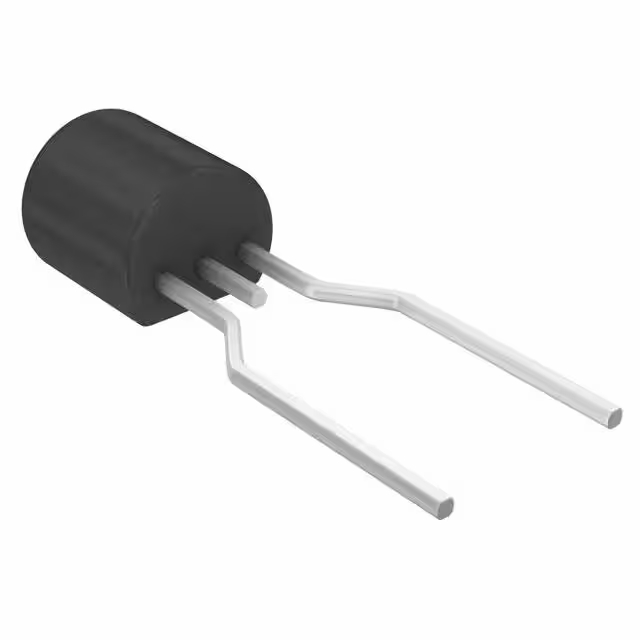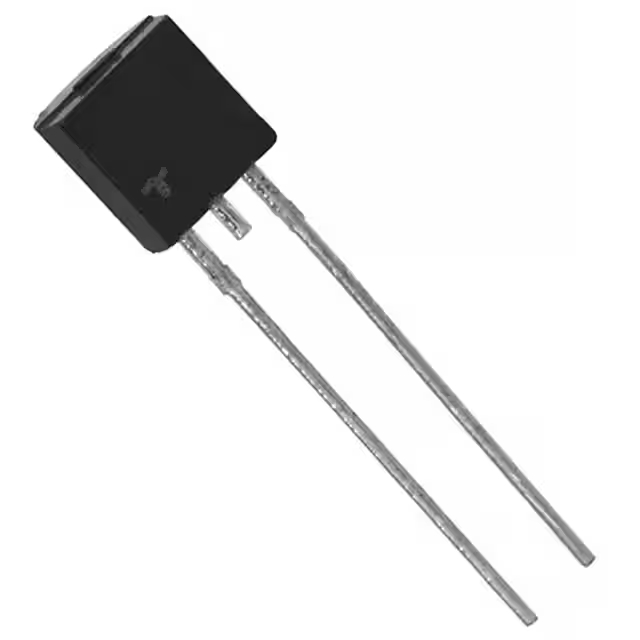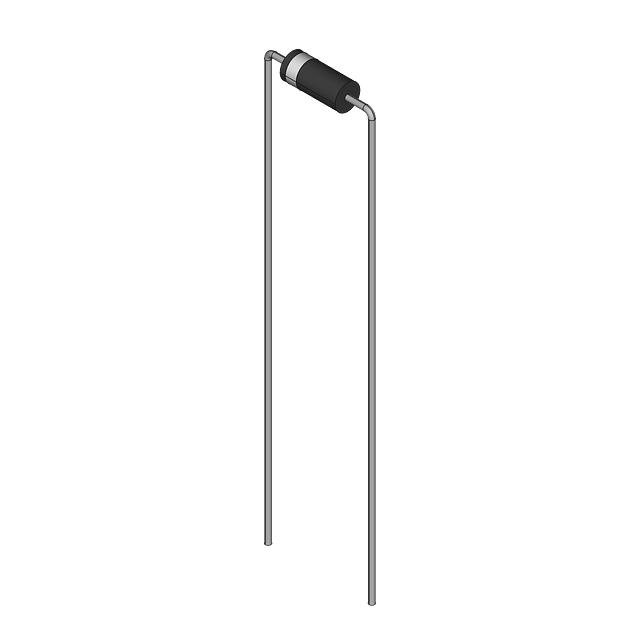K1300S Datasheet, Price, PDF
- Voltage-Breakover: 120 ~ 138V
- Current-Breakover: 10 µA
- Current-Hold(Ih)(Max): 150 mA
- Package: Bulk

FREE delivery for orders over HK$250.00

Quick response, quick quotaton

Flash shipment,no worries after sales

Original channel,guarantee of the authentic products
K1300S
When you’re using the K1300S, you’ll appreciate its fast triggering around 130V, ideal for AC circuits requiring voltage triggering or surge protection. It’s symmetrical, meaning it triggers equally well in both directions, so you don’t even have to worry about polarity. Once triggered, it quickly dissipates surge current, effectively protecting your downstream circuit. It then automatically turns off and returns to high impedance once current drops below its holding current. It comes in handy packages like TO-92 or even SMD versions, offering great flexibility. It’s a smart choice if you’re building ignition circuits, high-voltage triggers, or surge suppression systems.
K1300S Pinout

| Pin Number | Pin Name | Function Description |
|---|---|---|
| 1 | T1 | One of the trigger terminals (non-polarized) |
| 2 | T2 | The other trigger terminal (non-polarized) |
Using the K1300S is pretty straightforward. It’s a bi-directional trigger component, and both terminals T1 and T2 are identical—no need to worry about polarity, just connect it any way you like. When the voltage hits around 130V, it quickly activates to divert surge currents, effectively protecting your circuit. This makes it great for AC line surge protection or ignition systems. Just keep an eye on the maximum surge and holding currents to avoid damaging it and keep things running smoothly.
K1300S Equivalent

| Parameter | K1300S | K1300E70 | SG130 | TISP4C130L1N |
|---|---|---|---|---|
| Package | TO-92 | TO-92 | DO-15 | DO-92 |
| Type | SIDAC | SIDAC | SIDAC | TSS (Thyristor Surge Suppressor) |
| Breakover Voltage V(BO) | 120~138V | 130V ±10% | 130V ±10% | 130V |
| Holding Current I_H | 150μA | 150μA | 150μA | 50μA |
| Peak Current I_TSM | 2.2A (8.3ms) | 2.2A (8.3ms) | 2.5A (8.3ms) | >30A (8/20μs) |
| Polarity | Bidirectional | Bidirectional | Bidirectional | Bidirectional |
| Response Speed | Medium | Medium | Medium | Fast |
| Special Note | Standard SIDAC | Fully equivalent replacement | High surge version | Fast response but different triggering |
If you’re out of K1300S, your best bet is K1300E70—it’s basically identical and easy to swap in. SG130 can also work, especially if your circuit needs better surge handling, but double-check your PCB has enough room for its DO-15 package. Another option is TISP4C130L1N, which is super quick at discharging and good for telecom surge protection, but not ideal for ignition circuits or stable triggering. Don’t even consider TVS diodes like the P0080SCL—they can’t hold conduction like SIDACs do, so they aren’t suitable replacements here.
K1300S AC Phase Control Circuit
When you’re setting up a basic AC phase control, using the K1300S in a passive circuit is super convenient. Just connect the K1300S in series with your load and AC source. Once the voltage hits its trigger point around 130V, it turns on automatically and powers your load until current drops. Then it resets each AC cycle.
It doesn’t offer precise control like a TRIAC would, but the advantage here is simplicity, low cost, and no extra control circuitry. Ideal for straightforward tasks like powering bulbs, coils, or triggers where precision isn’t critical. It’s your go-to solution for hassle-free AC control.
K1300S Heater Control Schematic

This circuit is pretty straightforward—it’s a passive AC heater control using the K1300S SIDAC. Think of the SIDAC as a voltage-triggered switch: it stays off until voltage hits around 130V, creating a fixed delay in conduction timing.
The actual heavy lifting is done by the Q6015L5 TRIAC, which controls your heater. When voltage from your mains (divided by resistors R1 and R2) surpasses about 130V, the SIDAC fires, sending a trigger pulse to the TRIAC’s gate, turning it on. This lets current flow through the heater until the current naturally drops to zero, and the cycle repeats. It’s an easy and reliable way to handle basic AC heating control.
K1300S High Current SCR Application
Using the K1300S SIDAC for AC phase control is really practical, especially when paired with high-current SCRs like the Q6015L5. Think of your common heating or lamp dimming circuits: the SCR can handle large currents, but it won’t trigger itself. That’s exactly where the K1300S helps you out.
Here’s how it works: the AC voltage builds up, and once it hits around 130V, the SIDAC suddenly snaps on, sending a gate pulse to the SCR. The SCR immediately turns on, letting current flow through your load until the current naturally hits zero. This repeats every AC half-cycle, providing fixed-angle phase control without needing a microcontroller.
It’s simple, affordable, and reliable—perfect for basic power control in appliances or industrial heating systems.

















,TO-226_straightlead.jpg)






